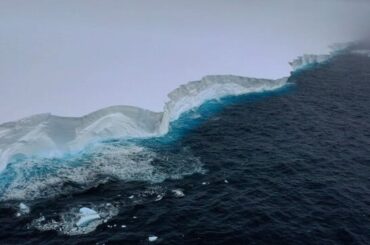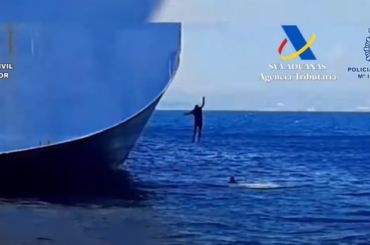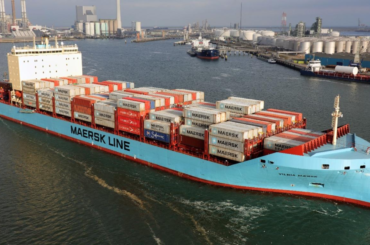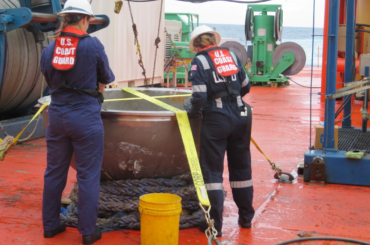In a test delayed by over a year because to the COVID-19 epidemic, a Japanese-Australian company creating hydrogen from brown coal is expected to convey its first cargo on the world’s first liquid hydrogen carrier from near Melbourne to Kobe on Friday.
The Suiso Frontier, built by Japan’s Kawasaki Heavy Industries (KHI), landed on Friday in Kobe, southern Japan, after a longer than expected 16-day journey as the owners wanted to avoid poor weather and heavy seas, according to a representative for the Hydrogen Energy Supply Chain business (HESC).
HESC is a $500 million ($360 million) project led by KHI and funded by the Japanese and Australian governments as a way to transition to cleaner energy and reduce carbon emissions.
Hydrogen is important to Japan’s objective of achieving net-zero emissions by 2050, as it is considered as a way to decarbonize industries that rely on coal, gas, and oil. Australia aspires to become a significant fuel exporter.
Last year, the initiative began extracting hydrogen from brown coal at a 70 kg per day demonstration unit in Victoria’s Latrobe Valley, about 135 kilometers (84 miles) east of Melbourne, where brown coal mines have long powered some of the country’s most polluting power plants.
The hydrogen is made by reacting coal with oxygen and steam at high temperatures and pressures, which also produces carbon dioxide. The hydrogen is then trucked to a port, where it is liquefied and cooled to minus 253 degrees Celsius (minus 423 degrees Fahrenheit).
The partners hope to create carbon-neutral hydrogen by burying the carbon dioxide released in the process under the seabed off the coast of Victoria if the project is scaled up to 225,000 tonnes per year.
Japan’s Electric Power Development Co (J-Power), Iwatani Corp, Marubeni Corp, Sumitomo Corp, and Australia’s AGL Energy Ltd, whose mine supplies the brown coal, are among the project’s Australian partners.







